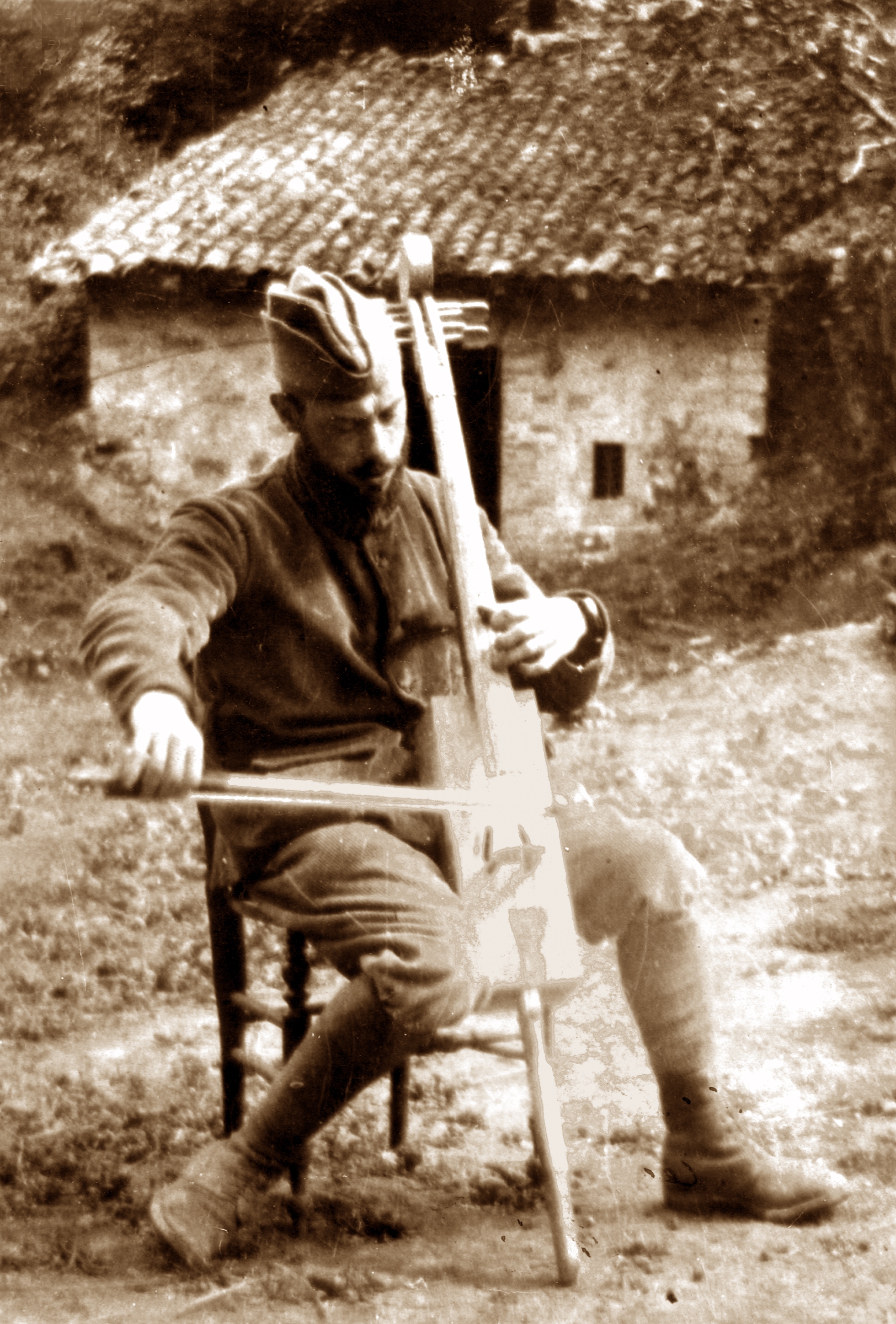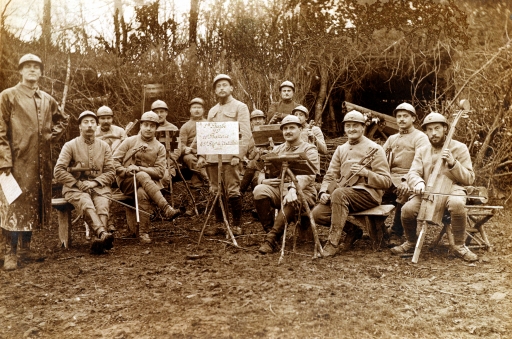A special exhibition devoted to the sounds of the First World War is taking place at the Historial Museum of the Great War, close to the Somme battlefields in Northern France.
The museum says Entendre La Guerre ( Hearing the War ) takes stock of ‘the unprecedented sound transformations during the four years of conflict’; from the roar of battle to the music and speeches of political leaders.
Innovative sound installations are used to recapture the noises of 1914-18 for visitors to the museum in Péronne.
As the Historial points out: “it is impossible to for us to hear the exact sounds of the Great War today.
“There are no recordings bar one: the testimony of a sound spectrogram which, at 11 am on Armistice Day recorded the moment the battle ceased and a silence that had not existed since the summer of 1914 was restored.”
The violent movements of the pen illustrating the sound are suddenly replaced at one minute past the hour by a flat line.
In the museum’s words: “This symbolically striking silence will leave no visitor unmoved.”
Sound wall
A sound wall, designed by the composer and engineer Luc Martinez, conjures up the atmosphere in the trenches.
Amid the cacophony of artillery and machine-gun fire, the rattle, loud-hailer and the telephone became vital tools of front-line communication.
The exhibition explores the testimony of veterans, posthumous recordings of soldiers’ journals, as well as record and film recordings.
Music became closely identified with the First World War, sending soldiers into battle, raising morale in the trenches, and lamenting lives lost. Instruments played at the front were often improvised.

François Gervais with a cello made from an old munitions box © coll. HGG Y. Medmoun
Through recordings and music scores, the exhibition explores the leading composers of the day: Claude Debussy, Camille Saint-Saëns, Lili Boulanger, Igor Stravinski and many others.
Jazz came to Europe, its impact captured in period photos and advertisements. There’s also a jazz drum kit dating from 1915, two years before the Americans entered the First World War.
Described as an ‘exceptional’ item, it’s been loaned to the exhibition by The Cité de la Musique in Paris.
A balalaika made by a Russian prisoner of war shows how music became a way of fighting boredom in the camps.
An amputated ear is a reminder of the deafening consequences of the war for soldiers who often suffered irreversible hearing loss and tinnitus.
Entendre La Guerre (Hearing the War, Sounds, Music and Silence in 14-18) runs at the Historial Museum of the Great War in Péronne, France, until 16th November 2014. Entry is free.
Source: Historial de la Grande Guerre
Images courtesy of Historial de La Grande Guerre © coll. HGG Y. Medmoun
Posted by Peter Alhadeff, Centenary News
